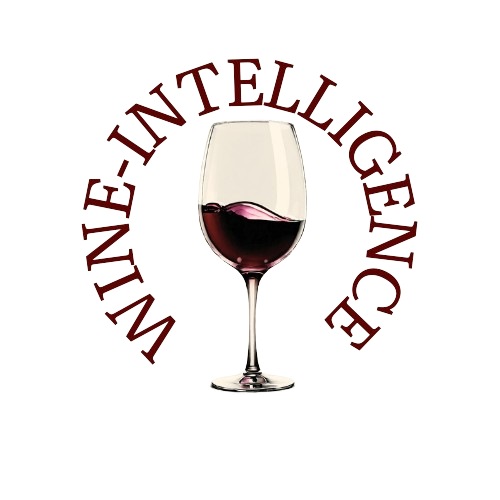In recent years, moderation in alcohol consumption has become a hot topic.
While some view it as a fleeting trend, others warn it could pose a serious challenge to the industry's long-term growth. But what does the data tell us?
Global Trends in Alcohol Consumption
According to IWSR market data, overall TBA consumption declined in 2023 on a global scale. Although developing markets like Brazil, Mexico, and India experienced growth, these gains were overshadowed by significant volume declines in key developed markets such as China, the United States, and Europe. Projections indicate that this trend is set to continue. In fact, IWSR forecasts that the US alcohol market could be around 9% smaller in 2028 compared to its size in 2019, underscoring a major shift in consumption patterns.
Shifting Consumer Behavior
Across the board, consumers are actively moderating their drinking habits. Whether it's participating in Dry January, following public health recommendations, opting for no-alcohol beverages, or choosing social activities that don't revolve around drinking, moderation is becoming increasingly common. Data from IWSR’s latest Bevtrac survey—which sampled alcohol drinkers across 15 major markets—reveals that 48% have been "actively choosing to drink less" in the past six months. Notably, among consumers of no and low alcohol products, this figure rises to 68%, highlighting a significant shift in consumer preferences.
Industry Adaptation: From Volume to Value
Over the past two decades, the beverage alcohol industry has effectively navigated periods of volume moderation by shifting its focus. Rather than competing solely on high volume, low-cost, and low-margin products, leading brands have adopted a premium strategy. This new approach emphasizes lower volumes of higher-priced, higher-quality products that deliver better margins. Alongside robust marketing investments, this strategy has enabled companies to increase their profits and expand the profit pools across the supply chain.
The successful playbook has been based on:
- Leveraging Core Assets: Brands continue to invest in their most valued products.
- Understanding Consumer Needs: Extensive research into changing consumer behaviors allows brands to adjust their product offerings.
- Enhanced Distribution and Marketing: Ensuring products are widely available and top-of-mind for consumers has been crucial.
Future Outlook: Intensified Competition and Strategic Focus
Looking ahead into the remainder of the 2020s, the moderation trend is expected to persist, driven by factors such as shifting lifestyles, health concerns, cost-of-living pressures, and a broader range of beverage alternatives. For the beverage alcohol industry, the competitive landscape will likely become more challenging:
- In Mature Markets: Fewer occasions for alcohol consumption mean that every sales opportunity becomes more competitive.
- In Developing Markets: Although growth is still present, competition will intensify as consumers' preferences evolve.
For brands, a critical competitive advantage will be the ability to understand consumer moments—the specific times when decisions to drink are made. Leveraging insights from IWSR’s Bevtrac consumer data, companies can better grasp market dynamics, substitution patterns, and evolving consumer behavior, thereby refining their strategies to capture more value even with lower overall volumes.
Conclusion
Moderation in alcohol consumption represents both a challenge and an opportunity. With global data indicating a clear trend toward lower overall volumes, especially in large developed markets, the industry's focus on premiumization and strategic marketing is more important than ever. As the landscape continues to evolve, those who can adeptly adjust their strategies to meet the nuanced needs of modern consumers will be best positioned to succeed.
Source: IWSR

